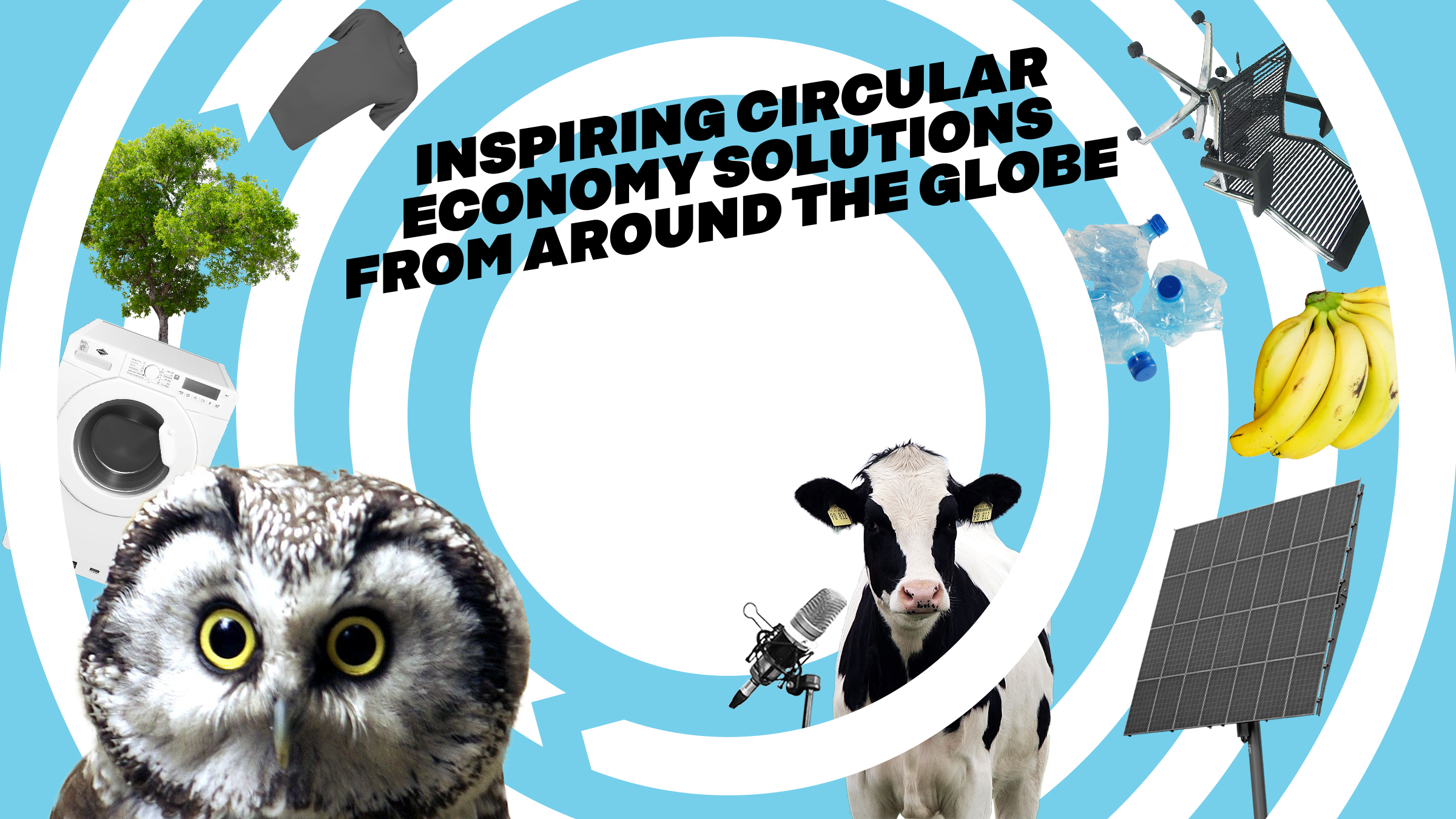The rapid aging of Japanese society combined with the youth’s migration to city centres have created a challenging housing situation where the elderly are left behind in suburban communities. The Odakyu Electric Railway has provided a new model for creating a circular community out of refurbished old buildings.
The company felt that their former company houses had strong potential value as residential real estate but needed a fresh approach for the revitalisation of the area. The idea of renovating the buildings to enable a circular lifestyle matched their needs well. By partnering with an architectural design company, the refurbished building attracts not only younger residents but also benefits the local housing market overall.
Problem
With only the elderly remaining in the suburbs, it is difficult to maintain social services such as hospitals, public transportation and garbage collection. The Kanagawa area, a commuter community outside of Tokyo on the Odakyu Train Line, provides a clear example of this challenge, where the availability of social services and the effective use of vacant buildings are twin issues.
Solution
The former company building of the Odakyu Electric Railway Company, located in the city of Zama in the Kanagawa area, has been renovated and turned into rental housing. A key point of the renovation has been “sharing spaces with limited resources”. For example, there is a common garden, urban farm lots for rent and common laundry, all of which support circular lifestyles.
The building has achieved an occupancy rate of 98 per cent. This has had a significant revitalisation effect on the surrounding area, while providing a model for other communities. Starting with the renovation, the company has plans to build a closed loop ecosystem and community in collaboration with the local city government.
The solution’s key circular component is revitalising a community through the extension of an older building’s lifecycle, while turning perceived weaknesses into strengths. For example, the limited space of some residential units has been turned into an attractive feature, as this encourages sharing economy practices among the residents.
As a result of this first project, the company has signed a circular economy agreement with the city of Zama to improve the circular economy in the local community by increasing the efficiency of waste management and conducting awareness raising campaigns.
Environmental impact
As the lifespan of existing buildings is extended, there is reduced waste compared to complete demolition and new construction. Inside the rooms, eco-friendly materials from local suppliers are utilised. The encouragement of circular living also has a positive environmental impact, such as reduced use of cars due to limited parking space.
Social impact
Besides fostering a community around circular principles, the circular residence has also improved the community resilience and social wellbeing by attracting people of child-raising age from outside the region. This has helped to maintain various social services in the area. The annual event “Hoshino Tani Market”, which aims to connect residents with local artisans and increase awareness of circularity, has also made the area more appealing to live in.


Inspired?
Check out all solutions.